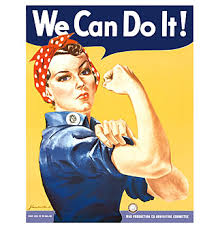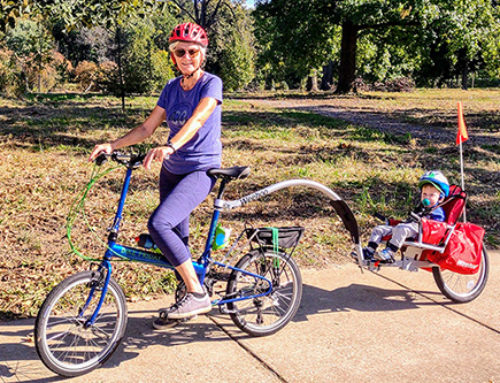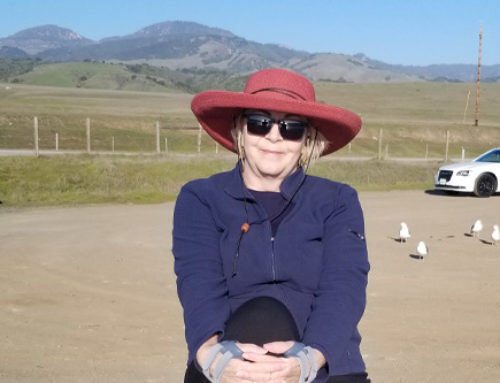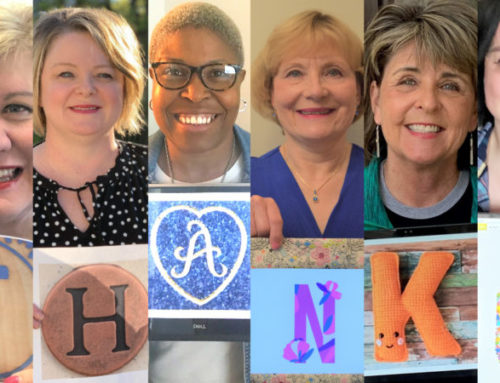Women’s History Month has come and gone, but we had one more blog that’s worth a read any time!
Rosie the Riveter has been forever etched in our memories as the woman in the red bandana whose image adorns posters, magazine covers, coffee cups and has been hijacked for use by many a political campaign.
 The picture that we know as Rosie the Riveter was mistakenly labeled as such in the 1970s. Created by artist J. Howard Miller in 1942, the poster was used in Westinghouse Electric factories. The intent was to assure that workers weren’t absent from their jobs and were happy doing them, thus preventing the chances of a strike or labor unrest.
The picture that we know as Rosie the Riveter was mistakenly labeled as such in the 1970s. Created by artist J. Howard Miller in 1942, the poster was used in Westinghouse Electric factories. The intent was to assure that workers weren’t absent from their jobs and were happy doing them, thus preventing the chances of a strike or labor unrest.
But just who is that woman in the bandana? She’s actually a fictitious character, although the actual image of Rosie the Riveter was apparently based on a picture taken of Geraldine Hoff, who was a 17-year-old, Michigan factory worker.
The cover of the Saturday Evening Post on May 29, 1943 showed a different version of Rosie. The image by artist Norman Rockwell displays a muscular welder, taking a moment to eat a sandwich while stepping on a copy of Mein Kampf. Because this Rockwell painting was copyrighted, it all but disappeared from public view after the war.
Both of those posters personify the women we call “Rosie the Riveter.”
Women’s History Month celebrates the many women who changed the landscape of our country. Rosie did just that. She opened the door for women in the workplace.
Women were a part of every war in American history, but with WWII and the demand for workers, employers had to hire them. Many did so reluctantly, but women proved to be dedicated, hard-working and skilled. They did nearly every job that had been done by a man including welding, operating heavy equipment and engineering trains.
While a woman was not the first person to fly a plane, Rosie did learn how to fasten the bolts into them and do it like a pro. She may not have been the first woman to play in a major orchestra but when the civilian job as the conductor was vacant, she stepped up on to the podium and guided the musicians. The Taxi Drivers Union was particularly dismayed when women started to drive taxis.
Wives with husbands who were serving in the Armed Forces had to go to work to take care of their families, often extended families. Everybody in the household, as well as relatives and neighbors, helped in taking care of the children. With factories operating 24/7, women might be working later night shifts, so children were often left with relatives or neighbors.
The common thread among so many of the women was that they wanted to help in the war effort. Patriotism ran deep, so it wasn’t a difficult decision for them to go to work, although in some cases, husbands weren’t too happy about them doing so.
Marie Ramona, left her small village in northern New Mexico and took a job at Mare Island in Vallejo, California. She stated that, “this was the first time I had ever earned a paycheck.” As a teenager, she discovered the excitement of the big city and worked alongside people of different ethnicities and religions.
Margaret Louise, worked at Bethlehem Steel in Bethlehem, Pennsylvania, where her job was to smooth any projections on the inside of shells. She liked the work and especially enjoyed having new friends. Trudy, also lived in Pennsylvania and worked at the Sylvania Electric plant in Altoona, where the plant was retooled to make tubes for radios. She told of working long days at a job that was boring and mundane, but like the rest of the women, she felt strongly about doing her part to help in the war. As was the case for all of them, the money was good and it helped their often financially strapped households.
Many of these Rosie’s are now in their eighties and nineties, and just beginning to tell the amazing stories of their lives during that time. One thing we know for sure about these strong, dedicated, productive and respected women, is that they forever changed life for all women in America.
 Ann Beyke, an actor in Albuquerque, portrays Rosie the Riveter as part of the Chautauqua series through the New Mexico Humanities Council. She performs at Oasis in Albuquerque and is a granddaughter of a Rosie the Riveter.
Ann Beyke, an actor in Albuquerque, portrays Rosie the Riveter as part of the Chautauqua series through the New Mexico Humanities Council. She performs at Oasis in Albuquerque and is a granddaughter of a Rosie the Riveter.





